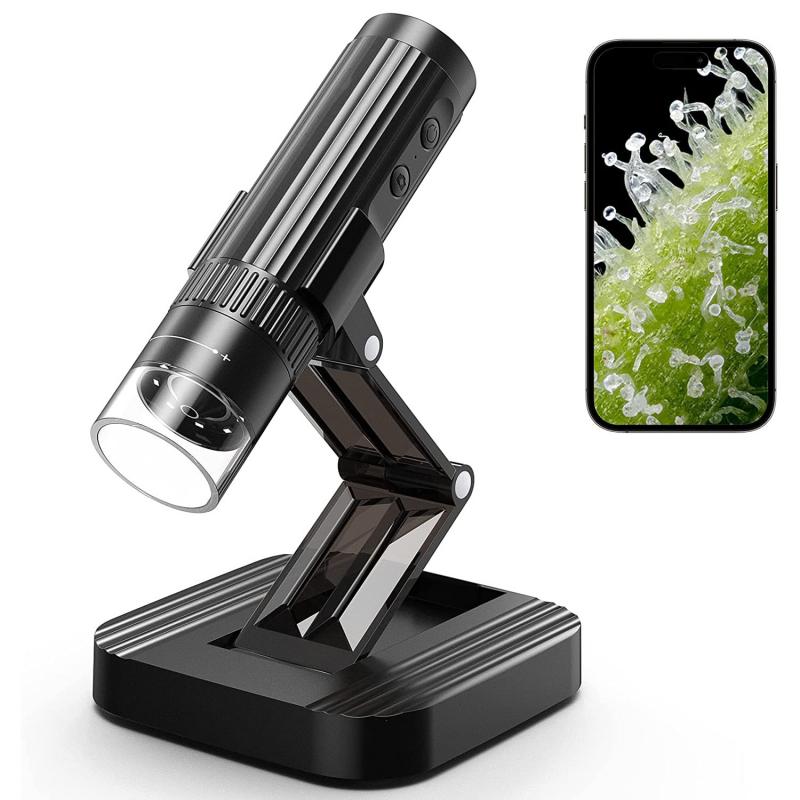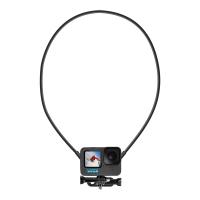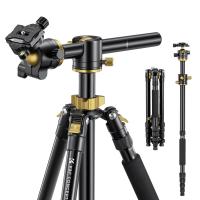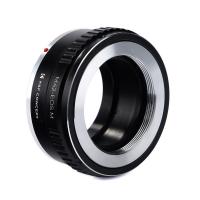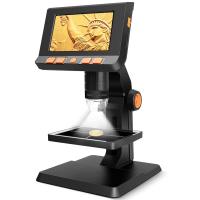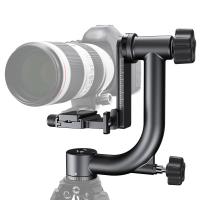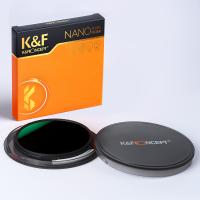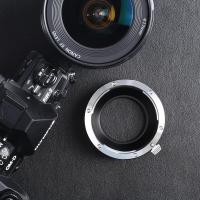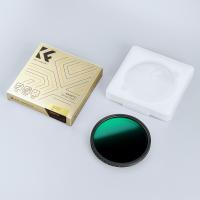What Is The History Of Microscope ?
The history of the microscope dates back to the late 16th century when the first compound microscope was invented by Hans and Zacharias Janssen. However, it was Antonie van Leeuwenhoek who made significant contributions to the development of microscopy in the 17th century. He improved the design of the microscope and achieved higher magnification, allowing him to observe microorganisms and other tiny structures.
In the following centuries, various scientists and inventors made further advancements in microscope technology. In the 19th century, the development of achromatic lenses improved image quality, and the introduction of the oil immersion technique increased magnification. The invention of the electron microscope in the 20th century revolutionized microscopy by enabling the observation of even smaller structures at higher resolutions.
Today, microscopes have become essential tools in various scientific fields, including biology, medicine, materials science, and nanotechnology. They continue to evolve with the introduction of advanced techniques such as confocal microscopy, scanning electron microscopy, and atomic force microscopy, allowing scientists to explore the microscopic world in greater detail.
1、 Invention and Early Development of the Microscope
The history of the microscope dates back to the late 16th century when the invention and early development of this revolutionary instrument began. The credit for the invention of the microscope is often given to Dutch spectacle makers, Hans Lippershey and Zacharias Janssen, who are believed to have created the first compound microscope around 1590. However, the exact origins of the microscope remain somewhat uncertain, as there were several inventors and contributors during this period.
One of the key figures in the early development of the microscope was Antonie van Leeuwenhoek, a Dutch scientist who is often referred to as the "Father of Microbiology." In the late 17th century, Leeuwenhoek improved upon the design of the microscope, achieving higher magnification and better resolution. He used his microscopes to observe and document various microorganisms, including bacteria and protozoa, which were previously unknown to science.
Throughout the 18th and 19th centuries, the microscope continued to evolve and improve. Notable advancements during this period include the development of achromatic lenses, which significantly improved image quality, and the introduction of the compound microscope with multiple lenses. These advancements allowed scientists to explore the microscopic world in greater detail and paved the way for significant discoveries in various scientific fields.
In recent years, there have been further advancements in microscopy technology. The development of electron microscopes in the 20th century allowed scientists to observe objects at an even smaller scale, such as individual atoms and molecules. Additionally, the invention of confocal microscopy and other advanced imaging techniques has provided researchers with new tools to study biological processes and structures with high precision.
Overall, the history of the microscope is a testament to human curiosity and the desire to explore the unseen world. From its humble beginnings in the 16th century to the sophisticated instruments of today, the microscope has played a crucial role in advancing scientific knowledge and continues to be an indispensable tool in various fields of research.

2、 Improvements in Optical Design and Magnification Power
The history of the microscope dates back to the late 16th century when the first compound microscope was invented by Hans and Zacharias Janssen. This early microscope consisted of a tube with two lenses that could magnify objects up to 9 times. Over the next few centuries, there were several significant improvements in optical design and magnification power.
One of the key advancements in microscope design came in the 17th century with the development of the objective and eyepiece lenses by Antonie van Leeuwenhoek. These lenses allowed for higher magnification and better resolution, enabling scientists to observe microscopic organisms and structures in greater detail.
In the 19th century, Ernst Abbe introduced the concept of numerical aperture, which improved the resolution of microscopes by increasing the amount of light that could be captured. This led to the development of oil immersion lenses, which further enhanced the magnification power of microscopes.
The 20th century saw the introduction of electron microscopes, which use a beam of electrons instead of light to magnify objects. This breakthrough allowed for even higher magnification and resolution, enabling scientists to study the ultrastructure of cells and even individual atoms.
In recent years, there have been advancements in microscopy techniques such as confocal microscopy, which uses laser scanning to create three-dimensional images of specimens. Additionally, super-resolution microscopy techniques have been developed, allowing for imaging beyond the diffraction limit of light.
Overall, the history of the microscope has been marked by continuous improvements in optical design and magnification power. These advancements have revolutionized our understanding of the microscopic world and continue to play a crucial role in various scientific disciplines.

3、 Contributions of Antonie van Leeuwenhoek to Microscopy
The history of the microscope dates back to the late 16th century when the first compound microscope was invented by Hans and Zacharias Janssen. However, it was the Dutch scientist Antonie van Leeuwenhoek who made significant contributions to the field of microscopy in the 17th century.
Antonie van Leeuwenhoek is often referred to as the "Father of Microbiology" due to his groundbreaking discoveries using microscopes. He was a skilled lens grinder and made his own microscopes, which were simple single-lens devices capable of magnifying objects up to 300 times. Leeuwenhoek used these microscopes to observe various samples, including water, blood, and even his own dental plaque.
Leeuwenhoek's observations were meticulous and detailed. He discovered and described various microorganisms, which he called "animalcules." He was the first to observe and document bacteria, protozoa, and sperm cells. His discoveries challenged the prevailing belief in spontaneous generation and laid the foundation for the field of microbiology.
Leeuwenhoek's contributions to microscopy were not limited to biological observations. He also made important advancements in lens-making techniques, achieving higher magnification and better resolution. His microscopes were highly sought after by scientists and scholars across Europe.
In recent years, there has been a renewed interest in Leeuwenhoek's work. Modern scientists have replicated his microscopes and reexamined his samples using advanced techniques. This has allowed for a deeper understanding of Leeuwenhoek's observations and the significance of his discoveries. His work continues to inspire scientists and serves as a reminder of the importance of curiosity and meticulous observation in scientific research.

4、 Advancements in Microscope Technology during the 19th Century
The history of the microscope dates back to the 17th century when the first compound microscope was invented by Dutch scientist Antonie van Leeuwenhoek. However, it was during the 19th century that significant advancements were made in microscope technology, revolutionizing the field of microscopy.
One of the key advancements during this period was the development of achromatic lenses. Prior to this, microscopes suffered from chromatic aberration, which caused color fringing and reduced image clarity. In 1824, Joseph Jackson Lister introduced achromatic lenses, which combined multiple lenses of different materials to correct this issue. This breakthrough greatly improved the quality of microscope images.
Another important development was the introduction of the Abbe condenser in the 1870s by Ernst Abbe. The condenser improved the illumination of specimens by focusing light onto the sample, resulting in brighter and clearer images. This advancement allowed for better visualization of microscopic details.
In addition, the 19th century saw the rise of binocular microscopes. Prior to this, microscopes were primarily monocular, limiting the ability to view specimens in three dimensions. The introduction of binocular microscopes in the late 1800s provided a more immersive and accurate viewing experience.
Furthermore, the 19th century witnessed the refinement of microscope construction and mechanical components. Microscopes became more stable, allowing for precise focusing and manipulation of specimens. This enhanced the accuracy and reliability of microscopic observations.
In recent years, advancements in microscope technology have continued to push the boundaries of what is possible. The development of electron microscopes, which use beams of electrons instead of light, has allowed for even higher magnification and resolution. Additionally, the integration of digital imaging and computer analysis has revolutionized microscopy, enabling researchers to capture, analyze, and share microscopic images with unprecedented ease.
Overall, the advancements in microscope technology during the 19th century laid the foundation for modern microscopy and continue to shape our understanding of the microscopic world.
